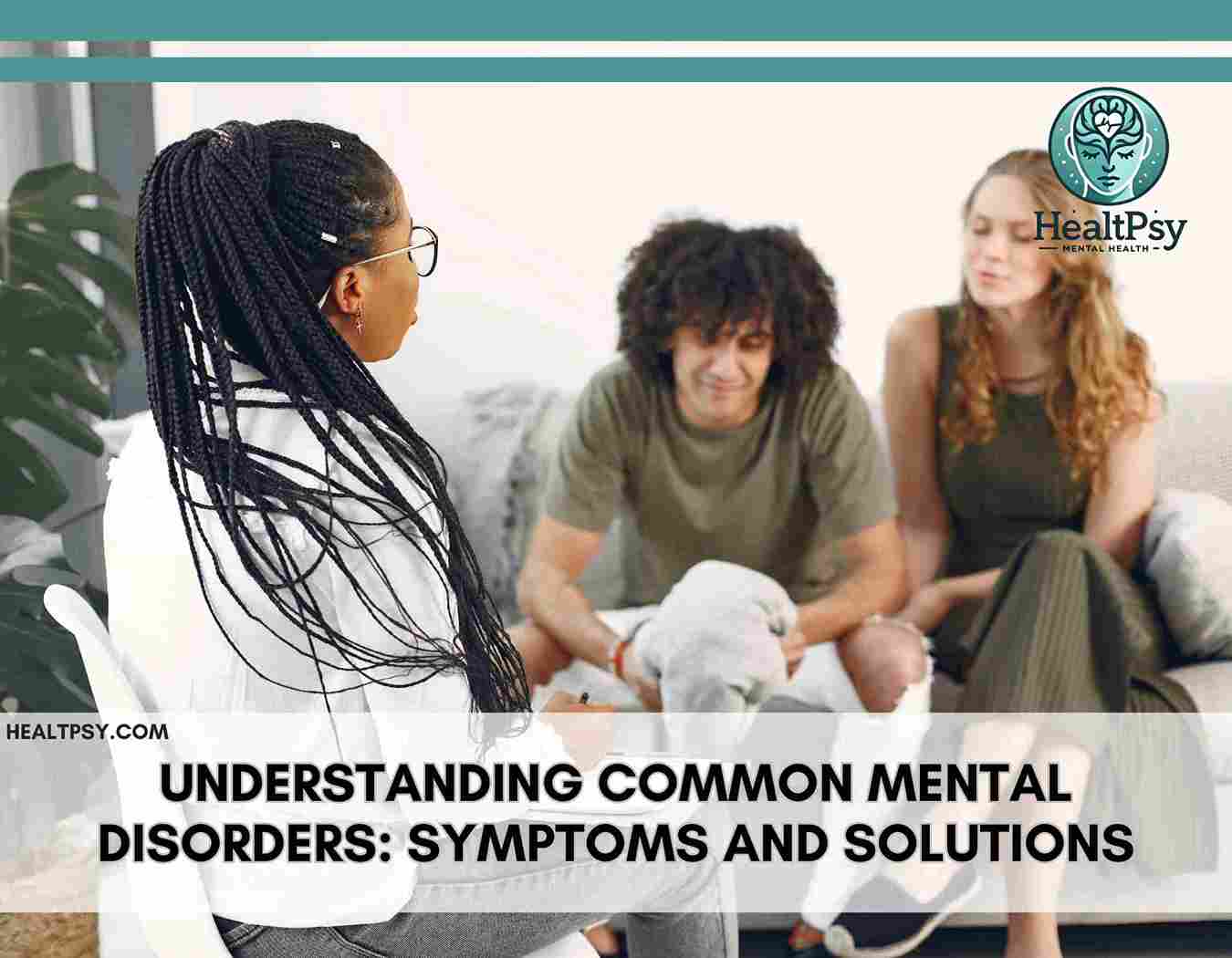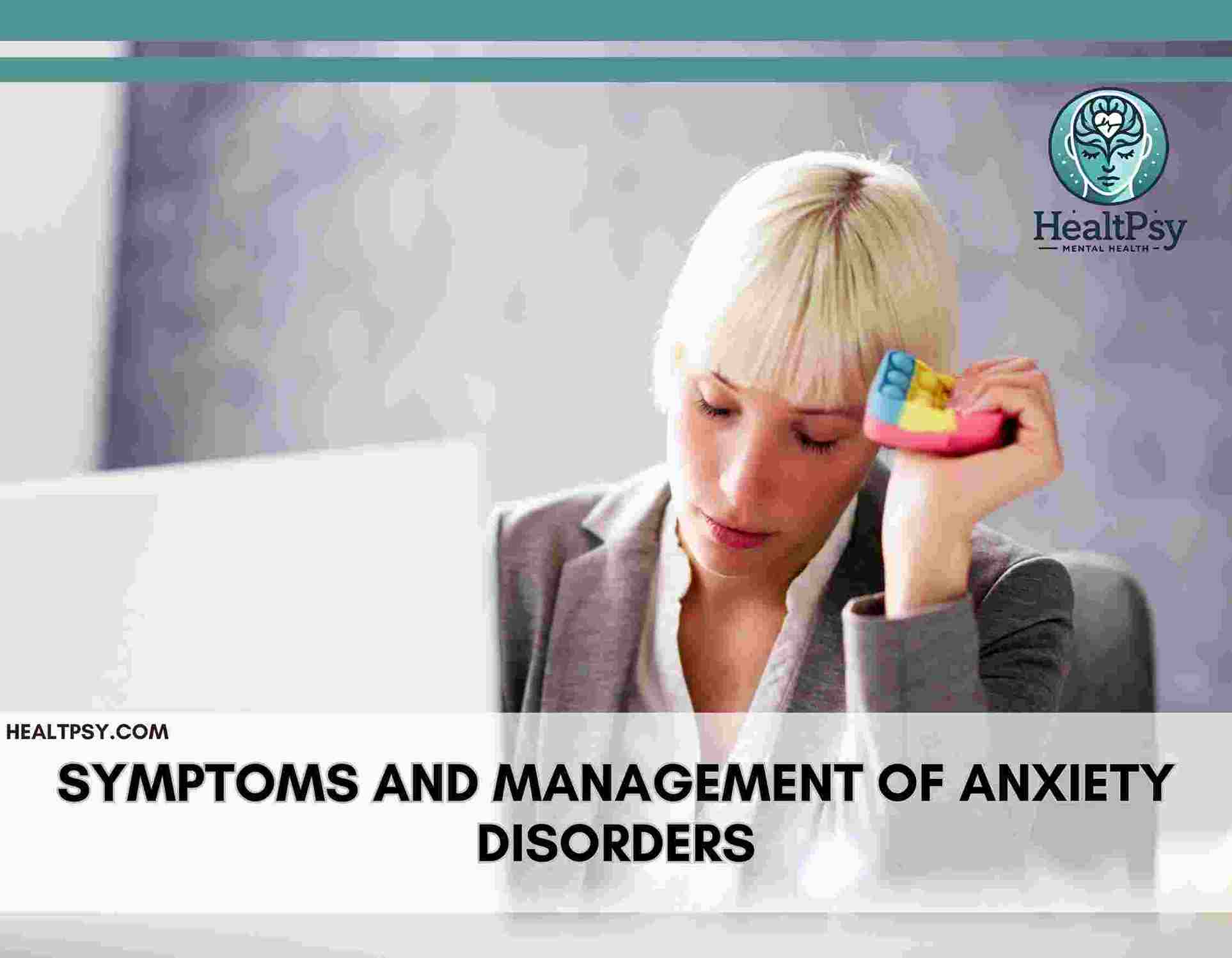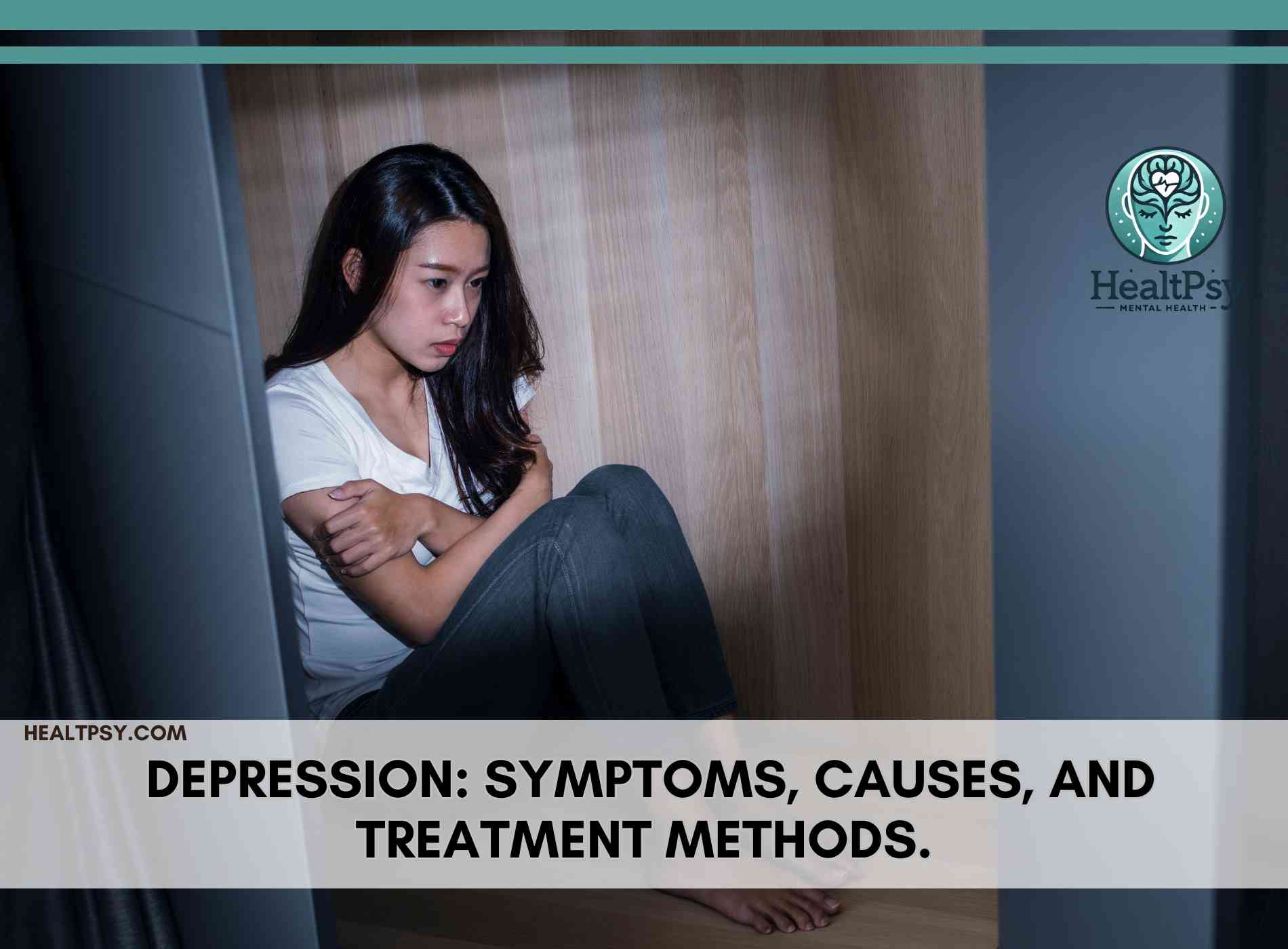Understanding Common Mental Disorders: Symptoms and Solutions
Table of Contents
- Introduction
- What Are Mental Disorders?
- Common Mental Disorders
- Early Signs of Mental Disorders
- Solutions and Treatments
- How to Support Someone with Mental Disorders
- Conclusion
Introduction
Mental disorders affect millions globally, yet misconceptions persist. These conditions influence thoughts, emotions, and behaviors, often disrupting daily life. By understanding their causes, symptoms, and solutions, we can foster a supportive environment for those affected and reduce stigma.
What Are Mental Disorders? Mental disorders encompass a wide range of conditions that affect one’s emotional, cognitive, and behavioral well-being. They can significantly impact an individual’s thoughts, feelings, and daily functioning. Seeking professional help and support is crucial for the diagnosis, treatment, and management of mental disorders.
Mental disorders are conditions that impact emotional and psychological well-being. They range from temporary challenges to chronic conditions requiring long-term care. Recognizing mental health as part of overall health is essential for effective treatment.
Common Mental Disorders
1. Anxiety Disorders
Anxiety disorders are characterized by persistent and excessive worry. Common types include:
- Generalized Anxiety Disorder (GAD): Chronic worry about various aspects of life.
- Social Anxiety Disorder: Intense fear of social interactions.
- Panic Disorder: Recurring panic attacks marked by rapid heart rate and shortness of breath.
2. Depression
Depression involves prolonged sadness, loss of interest, and feelings of hopelessness. It can also cause physical symptoms like fatigue, headaches, and changes in appetite.
3. Bipolar Disorder
Bipolar disorder causes dramatic mood swings between manic and depressive states. Manic episodes involve elevated energy and impulsivity, while depressive episodes bring severe lows.
4. Post-Traumatic Stress Disorder (PTSD)
PTSD arises after traumatic experiences, such as accidents or violence. Symptoms include flashbacks, nightmares, and emotional numbness.
5. Obsessive-Compulsive Disorder (OCD)
OCD combines intrusive thoughts (obsessions) and repetitive behaviors (compulsions). For example, someone may feel compelled to perform rituals to alleviate distress.
6. Eating Disorders
Eating disorders, such as anorexia nervosa and bulimia, involve unhealthy relationships with food. These conditions can lead to severe physical and mental health complications.
7. Personality Disorders
Personality disorders, like borderline personality disorder, affect how individuals relate to others and perceive the world. These conditions often cause instability in relationships and self-image.
Early Signs of Mental Disorders
Recognizing early signs can lead to timely intervention. Warning signs include:
- Persistent sadness or mood swings.
- Withdrawal from friends and family.
- Difficulty focusing or making decisions.
- Changes in eating or sleeping patterns.
- Unexplained physical symptoms like headaches or fatigue.
Solutions and Treatments
1. Therapy
Cognitive-behavioral therapy (CBT) and other therapeutic methods help individuals identify negative patterns and develop coping strategies.
2. Medication
Medications like antidepressants and mood stabilizers are prescribed to manage symptoms. Always consult a professional before starting treatment.
3. Self-Care Practices
Regular exercise, balanced nutrition, and mindfulness practices support overall mental well-being. Incorporate activities like yoga, journaling, or meditation into daily routines.
4. Support Groups
Joining a support group allows individuals to share experiences and find encouragement. These groups foster connection and understanding among participants.
How to Support Someone with Mental Disorders
Supporting someone with a mental disorder requires empathy and patience. Practical steps include:
- Listening without judgment and offering reassurance.
- Encouraging them to seek professional help.
- Helping them create a routine and maintain healthy habits.
- Being aware of warning signs and knowing when to involve a professional.
Conclusion
Understanding common mental disorders is vital for fostering awareness and compassion. By recognizing symptoms, seeking treatments, and offering support, we can create a healthier society. If you or someone you know is struggling, don’t hesitate to reach out for professional help. Mental health is a journey, and seeking assistance is a sign of strength.
References
you might also like





